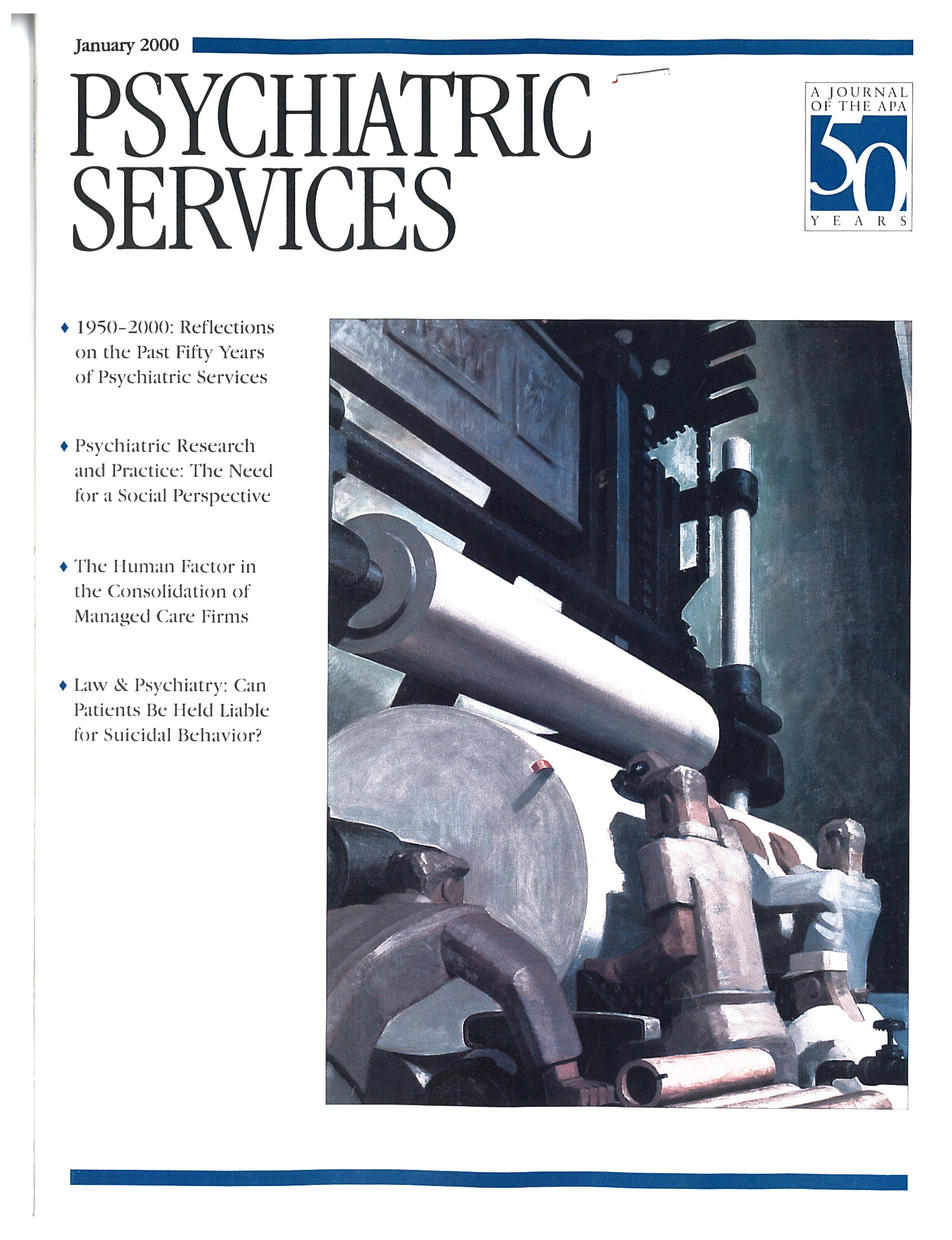Utilization and Outcome in an Overnight Psychiatric Observation Program at a Veterans Affairs Medical Center
Abstract
OBJECTIVE: The effectiveness of an overnight psychiatric observation program was evaluated. The program was designed to avoid unnecessary hospitalization of patients experiencing acute psychiatric crises. METHODS: Of 110 patients admitted to the observation unit at a Veterans Affairs medical center over a six-month period in 1996, the charts of 92 patients were retrospectively reviewed. Characteristics of patients referred to the program were documented, inpatient hospitalization rates and suicide rates in the six-month periods before and after admission to the observation unit were examined, and variables related to the need for hospitalization immediately after observation were explored. RESULTS: Most of the 92 patients (98 percent) were referred from the medical center's emergency room. At the time of observation, 80 percent of the patients were unemployed, 55 percent expressed suicidal or homicidal ideation, 49 percent were intoxicated or at risk for alcohol withdrawal, and 41 percent were homeless. The most frequent psychiatric diagnosis was substance abuse or dependence (77 percent). The large majority of patients (88 percent) were referred the next day to other outpatient programs for follow-up and treatment, which avoided costly inpatient treatment. In the six months before admission to the observation program, the mean number of inpatient psychiatric bed days was 9.8, compared with 2.7 days in the six-month period after discharge from the observation program. No increase in suicide gestures or attempts was noted among the patients. No variables significantly predicted admission to inpatient care after the observation period. CONCLUSIONS: Overnight observation programs may provide a cost-effective alternative to traditional inpatient treatment for some individuals with psychiatric disorders.



